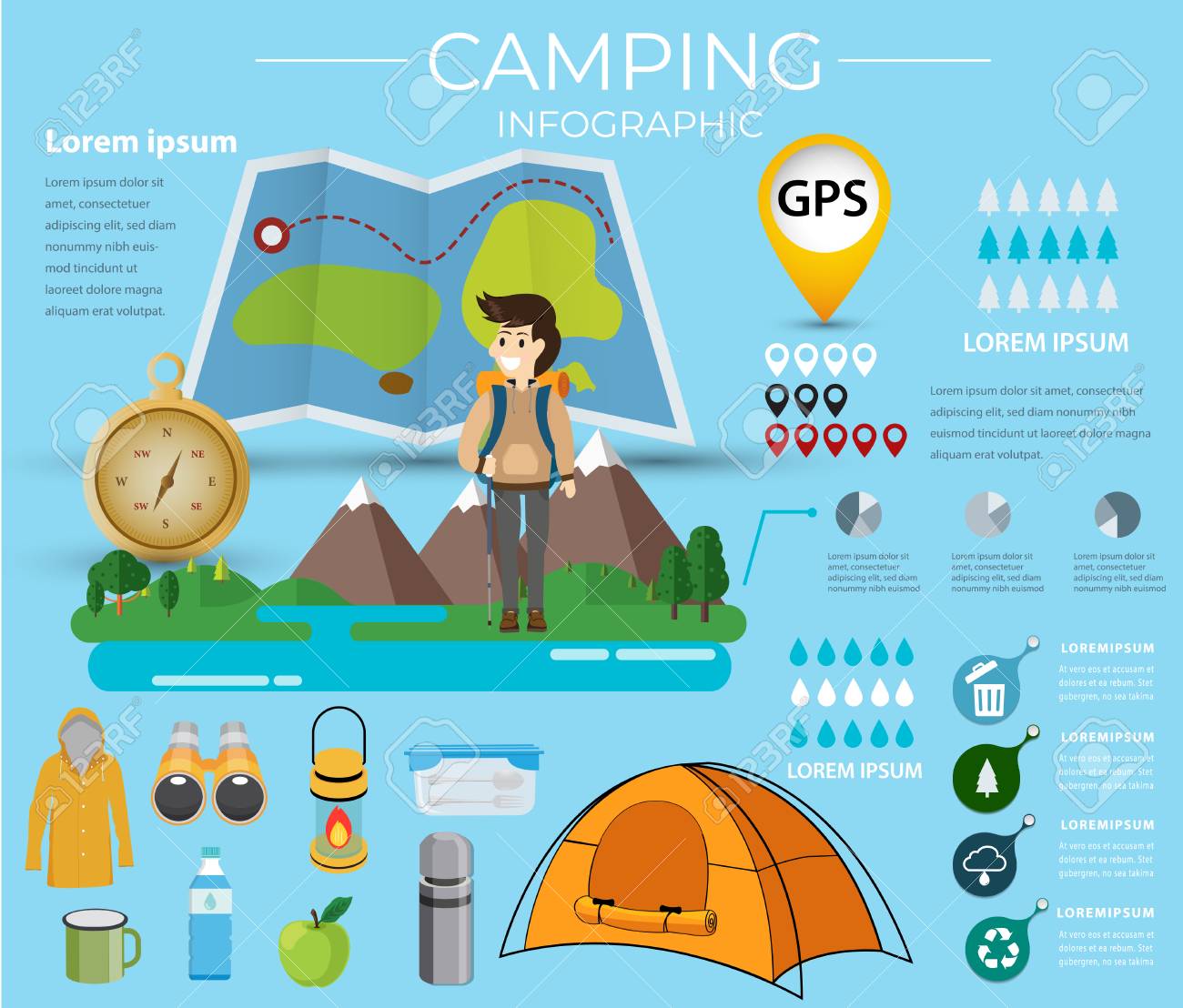Innovative Guide To Selling Camping Tents And Conduct An Online Camping Tents Operation
Innovative Guide To Selling Camping Tents And Conduct An Online Camping Tents Operation
Blog Article
Taking Photographs of the Evening Skies
Catching incredible photos of the night sky calls for careful planning. Inspecting the weather report for clear skies is essential, as is understanding what time the moon increases and establishes.
Are Bell tents worth the money?
Start by adjusting your camera to hands-on shooting setting. Take several examination shots with numerous ISO, aperture and shutter rate settings to see what works best.
Electronic camera
A fundamental DSLR cam with a vast lens functions well for night-sky photos, but any cam with a large sensing unit and a manual focus setup need to work. The important part is that the electronic camera can be set to fire in RAW format, which allows for optimum flexibility when editing.
Depending upon the desired impact, you may intend to take numerous direct exposures and after that combine them in post-processing. This can be useful if you're shooting both a foreground object (like a lake, tree, automobile or a structure) and the evening sky and require to expose each at different settings.
You can additionally experiment with long-exposure shots that reveal celebrity trails. This can be achieved by focusing your framework on the North Star and making use of a shutter rate lasting for several mins. This produces remarkable arcs and vortex-like circles of light around your topic. It can be time consuming, however the outcomes are sensational!
Lens
Among one of the most important factors in night skies photography is picking the appropriate lens. A high resolution, broad angle lens will certainly assist you capture as several stars and the moon in your photo as feasible.
You will likewise require a tripod to prevent camera shake throughout lengthy direct exposures. It is also advised to shoot in RAW mode, which will certainly provide you more latitude in post-processing.
An additional element is timing. It is best to plan for when the Milky Way will climb or set depending on your location. There are a number of applications and web sites to assist with this consisting of PhotoPills.
Ultimately, it is great to have an intriguing foreground in your photo to add deepness and contrast. Making use of interesting rock developments, buildings and even individuals can add a feeling of scale to your photo and make it much more impactful. Your composition needs to also comply with fundamental photographic principles, such as the policy of thirds and finding leading lines.
Shutter Rate
The shutter is the part of your camera that sits in front of the picture sensor and opens up and closes to tape-record a direct exposure. Its speed influences how much light your photo obtains-- the faster it is, the less light enters.
A slower shutter speed enables extra light in, but likewise blurs any type of activity that happens during the direct exposure, which works for capturing celebrity routes and other impacts such as a long direct exposure to produce a stunning evening skies.
With the best equipment, it's possible to generate pictures that are practically as bright as daytime and still have the ability to catch brilliant details of the Galaxy and stars. For optimum quality, try to get as away from communities and cities as possible and examine web sites such as this set for cloud maps and dark skies.
ISO
Picking an ISO setup is a critical action in evening sky digital photography. The greater the ISO value, the more delicate your electronic camera will be to light and the brighter your image will be. However, if you go too high, the sound in your picture will be too noticeable.
A great beginning point is to establish your electronic camera camping in luxury tents to a reduced ISO of 800, then take a test shot. If this photo is also dark, boost the ISO one quit each time till you have an acceptable image.
Foreground shots in evening skies pictures call for a lot longer exposure times than the stars, so you'll intend to use a tripod. To even more support your camera, use the remote shutter release to prevent any kind of shaking brought on by pushing the switch on your own. Additionally, bear in mind to keep your lens in Guidebook Emphasis mode. This will aid you to keep the same focal size throughout your shoot. The Guideline of Thirds is a crucial policy for making up night sky images, helping to balance and link your pictures.
Do you put a tarp under your tent?
